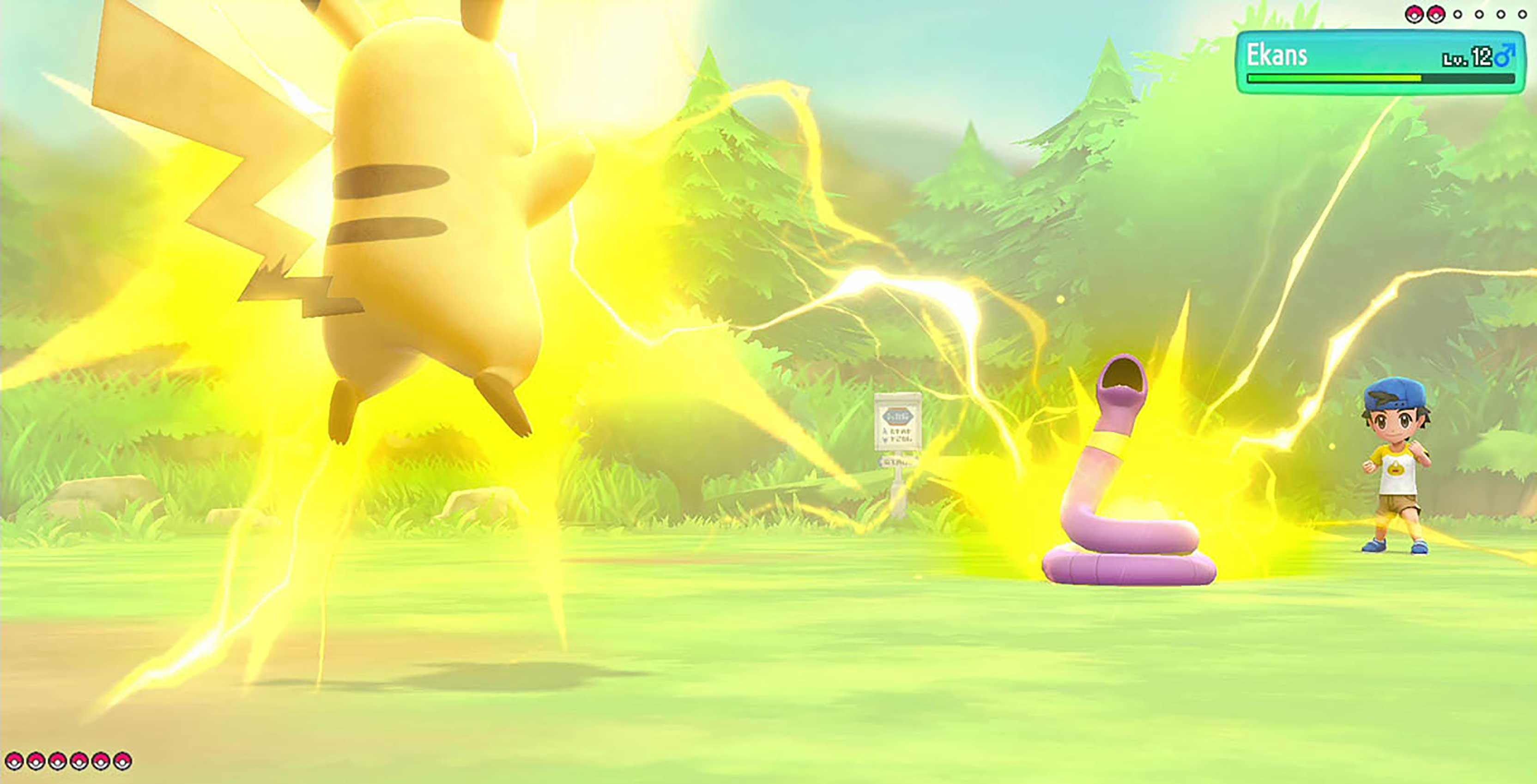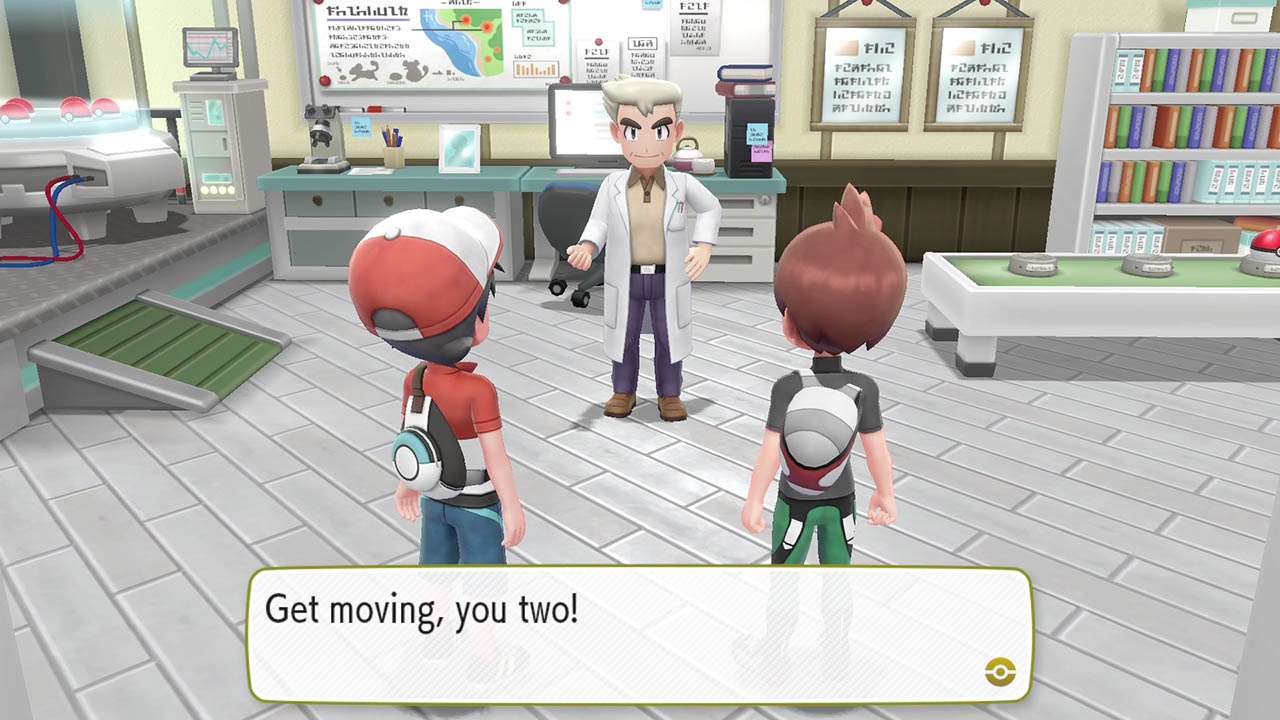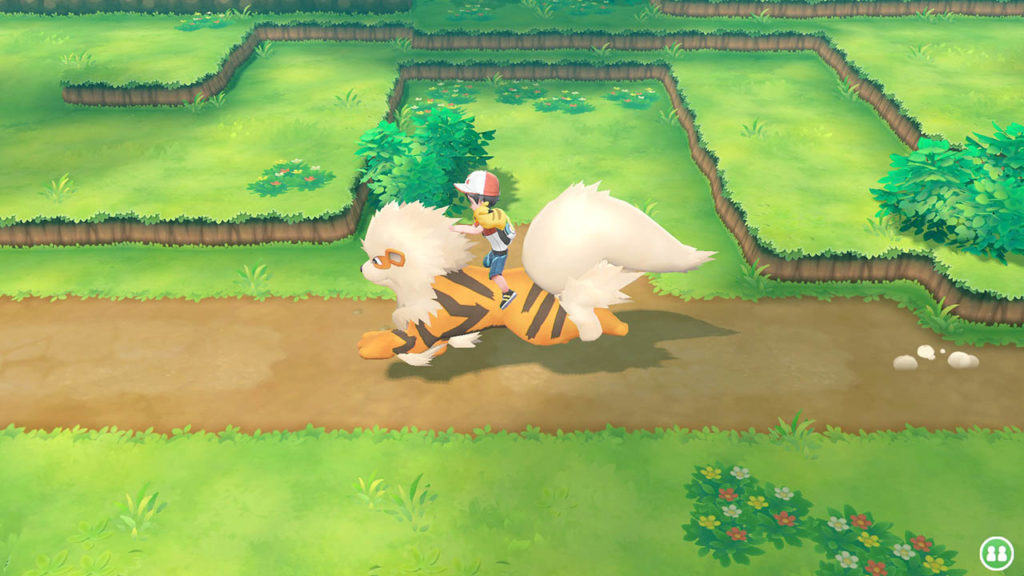
Ever since Pokémon Emerald in 2005, I haven’t quite been able to get back into the long-running JRPG series. I appreciate how beloved the series remains to be, but I found myself moving onto the likes of Final Fantasy and Persona.
I still hold a lot of fondness for those early games, though, which is why I’m really intrigued by Pokémon Let’s Go, Pikachu! and Let’s Go, Eevee!, the Pokémon Company’s latest companion entries in the long-running RPG franchise.
At the recent Enthusiast Gaming Live Expo event in Toronto, I was able to go hands-on with Let’s Go and came away quite pleased.
Right from the start, the game will be very familiar to fans of Pokémon Yellow, of which Let’s Go is an enhanced remake. This means that you’ll be dealing with the iconic original 151 Pokémon, with some of them even walking behind you on your travels. This immediately provides Pokémon: Let’s Go with a wonderful dose of nostalgia.
It also means you’ll be engaging in the franchise’s signature turn-based, weakness-exploiting combat. But Let’s Go doesn’t just borrow from Pokémon Yellow; the game also incorporates the Mega Evolution mechanic from modern games like X and Y and Sun and Moon. Otherwise, combat is the same as it’s ever been, for better or worse.
My most pleasant surprise, though, came with the Poké Ball Plus, an optional, sold-separately motion-tracking accessory through which you can catch Pokémon. ‘Immersion’ is a term that’s thrown around a lot in gaming, to the point that it’s become a cliché. That said, I genuinely found the Poké Ball Plus to make the overall experience feel more immersive when compared to the Switch’s Joy-Con motion controls in docked mode and gyroscope-aiming in handheld mode.
The majority of games in the series have you staring at the screen and waiting for the Poké Ball to do the standard three-rolls-and-a-click before you know you’ve caught a Pokémon. In Let’s Go, however, catching Pokémon feels much more engaging. That’s because you can actually move the Poké Ball Plus with your arm to have it be thrown in the game.
The motion-tracking on the Poké Ball is even precise enough to recognize the power and spin you put behind each throw, which makes using it feel deeply responsive. At the same time, the game emphasizes timing more so than accuracy by prompting you to throw a Poké Ball when certain prompts appear.
Once you catch a Pokémon, the Poké Ball Plus will light up, vibrate and play the monster’s unique cry, which further pulls you into the game. As a nice bonus, anyone who purchases the Pokéball Plus will receive Mew as well, while Pokémon Go players can use the Plus for features like smartphone screen-less Pokémon catching and step tracking.
My only stickler with the Poké Ball Plus lies in its pricing. $64.99 CAD for an accessory for one game is pretty steep, especially when the games themselves cost $79.99 on their own. A bundle with the game and Poké Ball Plus will be offered for $130, which saves you $15 if you buy each individually, but it’s still a significant investment. If you’re a big enough Pokémon fan then I’d say go for the Poké Ball Plus, although I’m not sure it’d be worth it for more casual players.
Catching is also more convenient now thanks to each Pokémon being visible in patches of tall grass, with battles triggered by running directly into them. Graciously, this removes the sometimes tedious JRPG trope of random encounters while also giving you the option to avoid any Pokémon you’ve already caught. The days of neverending Pidgey encounters are over.
I didn’t even get to try out the Pokémon Go integration, which promises to extend Let’s Go‘s long-term appeal through option support from the popular smartphone game. Any rare Pokémon caught in Go, including shinies, can be traded to Let’s Go via Bluetooth connectivity between a smartphone and the Switch.
It sounds like a great feature, especially when consoles — especially those from Nintendo — traditionally don’t feature support for mobile games. Let’s Go will also include online and local multiplayer (the latter of which managed through two players using one Joy-Con each), although I wasn’t able to try that feature.
Some hardcore fans may take issue with the absence of certain series’ staples, like HMs and Pokémon breeding, or a simplification of returning mechanics, like trading. Nonetheless, Let’s Go looks to be a smart and accessible way of bringing both new and old players into the fold. Those who take issue with this approach can always look forward to the Pokémon game coming to the Switch in the latter half of 2019.
To be sure, it remains to be seen how well Let’s Go will bring together all of these different mechanics, but so far, I’m impressed with what I’ve seen. The game pays wonderful homage to the classics while also finding clever ways to play off of the newer Pokémon titles as well. Meanwhile, the Pokéball Plus and Pokémon Go support make catching them all more intuitive and compelling than ever.
Pokémon: Let’s Go, Pikachu! and Let’s Go, Eevee! will launch exclusively on the Nintendo Switch on November 16th.
MobileSyrup may earn a commission from purchases made via our links, which helps fund the journalism we provide free on our website. These links do not influence our editorial content. Support us here.





